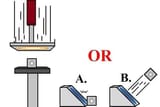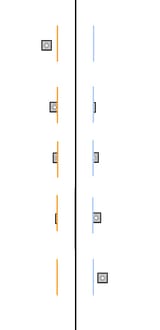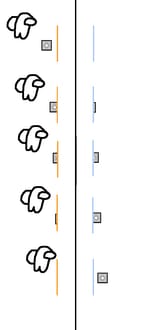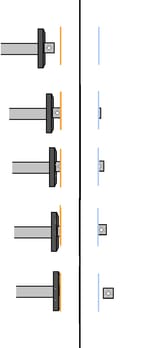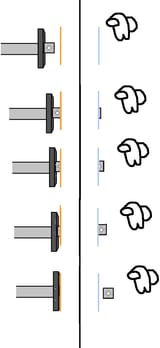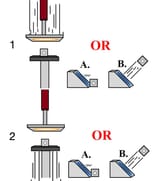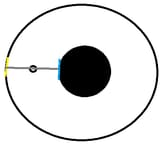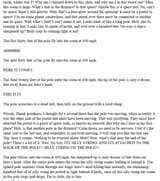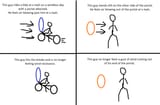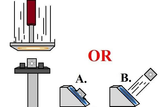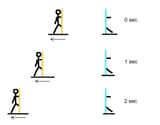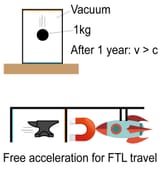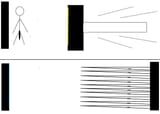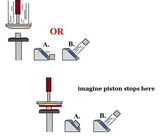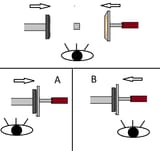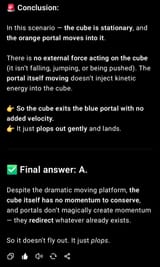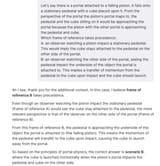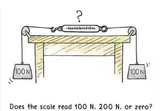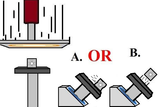>>16742477
>I have, the answers are, respectively,
>"yes"
Debatable but not out of the question.
>and "nothing"
Absolutely wrong.
Let's slightly adjust the problem:
The pedestal is attached to a satellite in orbit somewhere and the piston is on a collision course.
The blue portal is attached to the earth.
When the piston makes impact, it does so with enough force to knock the satellite out of its orbit.
The answer here is, quite incontrovertibly, B.
The pedestal was knocked away from the cube so from the perspective of the portal: the cube launches. But there is also the obvious side effect of the satellite now following a different trajectory. None of tis is debatable.
Now lets swap their positions:
Pedestal is on the earth and the blue portal is on the satellite.
Piston falls onto earth causing no change to earth's momentum.
We'll ignore the obvious analogy-breaking details like microgravity and the satellite's speed relative to the pedestal on the ground, assume relative velocity is zero.
The answer should, incontrovertibly, be A.
B would occur if the earth's momentum were changed by the piston's impact, but this would also suddenly alter the orbit of the earth. But there are obvious consequences to the earth's orbit suddenly shifting.
Are you starting to get it now? The only reason this is remotely confusing to people is that the pedestal and blue portal are both, presumably, on earth.
